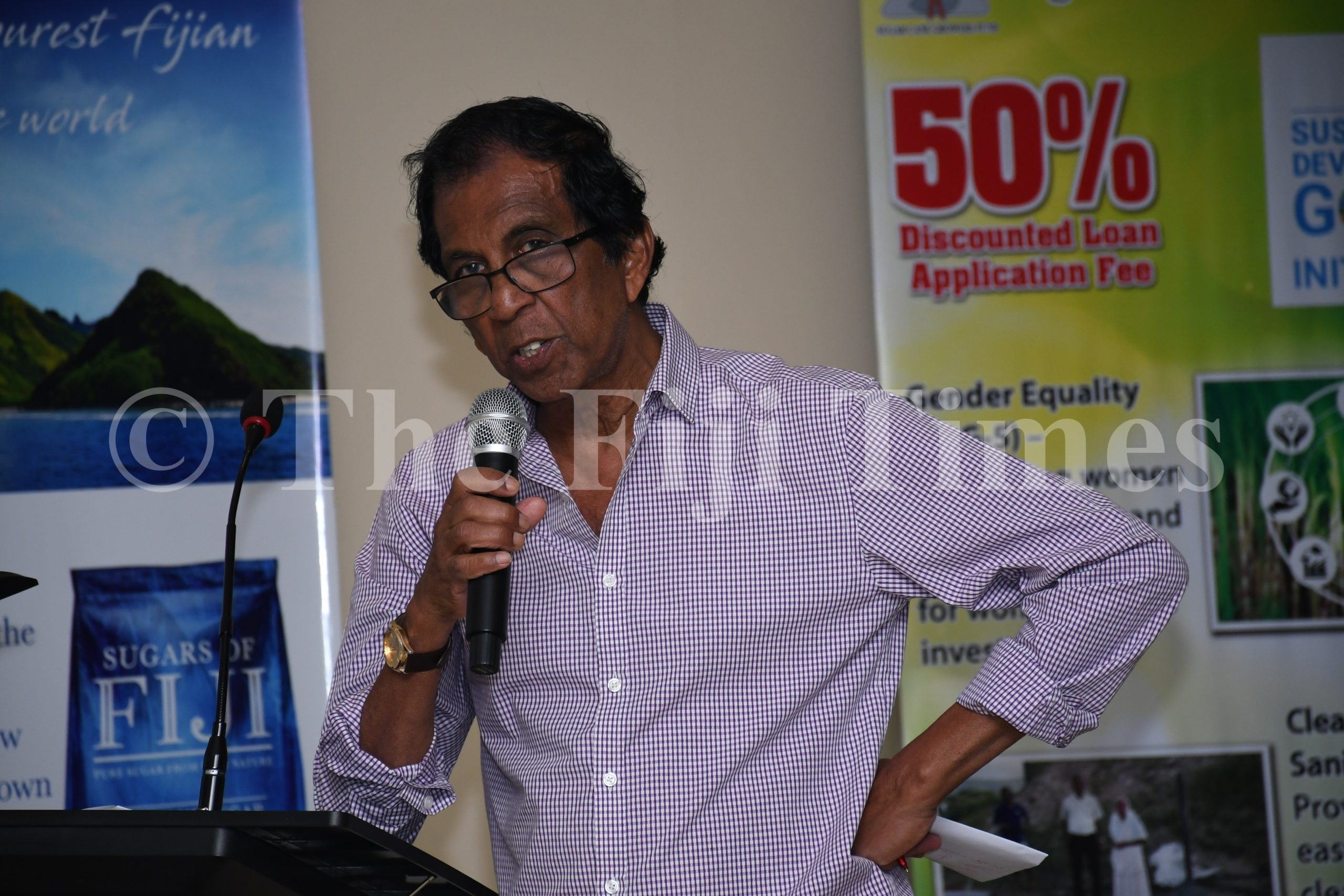Fiji Sugar Corporation chairman, Nitya Reddy, made a comment that will attract attention. There is no Fiji without the sugar industry, he said yesterday at the opening of the Sugar Milling Staff Officers Association (SMSOA) sports day in Lautoka.
The industry, he said, had proven its resilience over adversities.
“We are a team of conquerors and have battled multiple floods, hurricanes, severe ravages of droughts and diseases, low prices, production and losses and most recently, the unprecedented crippling effects of the COVID crisis,” he said.
“Those who are predicting the end of our industry will be proved wrong!”
Until the turn of the century, sugar was the backbone of our economy.
COVID-19 showed us that putting all our eggs in one basket so to speak, could prove detrimental.
It showed up when international borders closed at the height of the pandemic.
Tourism figures dropped to an all time low. Thousands of people lost their jobs in the industry. Thousands more were sent on leave, some without pay, and thousands more worked short hours over a period of time.
It hit the belt of many families and forced the industry to re-strategise.
As we gear up for what industry experts are telling us is a positive forecast this year, talks surrounding the sugar industry come at a good time. They offer us an opportunity to relook at it, and to see how we can re-engage, and put in place plans to re-energise it, and boost any plans that may be in place.
To that effect, we wonder what has happened to the strategic plans, if there were any, by FSC?
At one stage more than 200,000 people depended on the industry.
Over the years, since 1862, we have had a mixed run of sorts in the industry. Under the preferential pricing under the European Union’s Lome Convention, we had a guaranteed sale of up to 200,000 tonnes of sugar annually at up to three times the world price.
We learn through a report by the Market Development Facility, an Australian government funded, multi-country initiative, that production, under this price peaked in 1996 at 4.8 million tonnes. This preferential pricing treatment, however, expired in 2017 and we have struggled against other sugar producing nations.
So based on the world sugar prices for 2024, we wonder whether industry stakeholders are motivated to meet expectations?
In saying that, we wonder what is being done to improve our crop? Aside from strategic plans by FSC, we reflect on challenges at the delivery point, and how the railway system factors in against truck delivery, especially from areas well past Rakiraki in the Western Division for instance. We reflect on whether there are incentives for farmers to produce a minimum of 300 tonnes annually for starters. Whether that is viable at all!
We reflect on percentages in terms of quality production from farmers and how are we placed in terms of productivity levels around the country.
Are we doing enough to incentivize farmers to up their game? We reflect on how much the industry has given the country, and those who depended on it over the years.
We know the challenge now is to get people interested in sugar cane farming and giving them the tools to make it work for them and their families. That’s not going to be easy, or a walk in the park, given the years of decline.
It is good to listen to people like Mr Reddy speak, and FSC announcing a record $71.77 per tonne of cane payment as the forecast price for the 2024 season, compared with $70.23 last year. We look ahead with anticipation!



